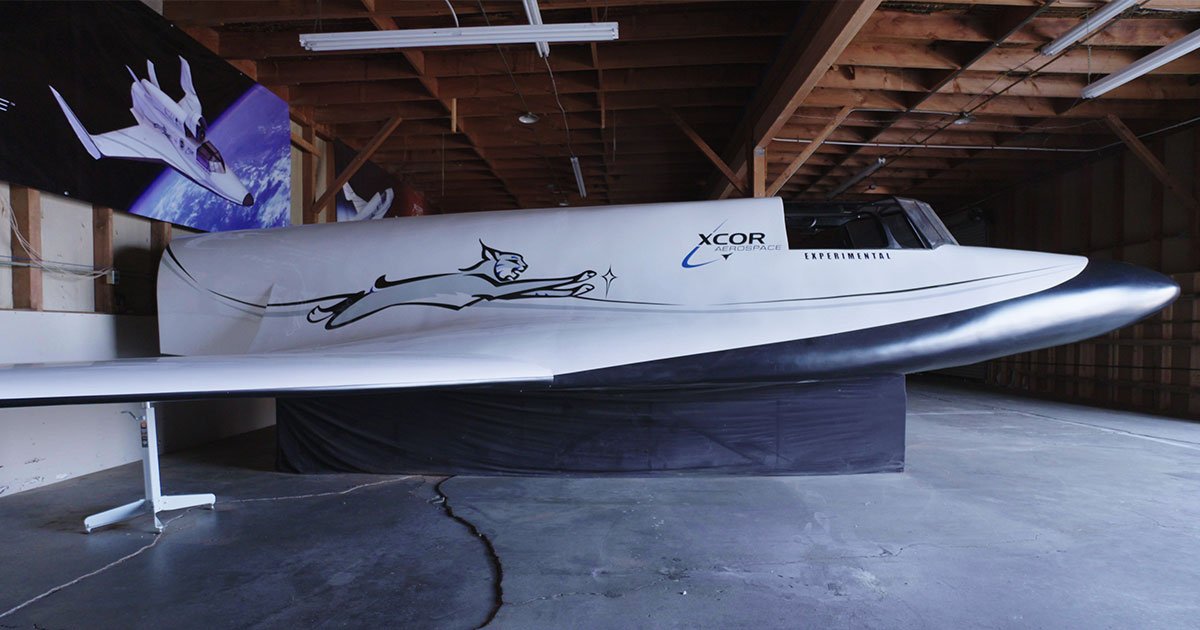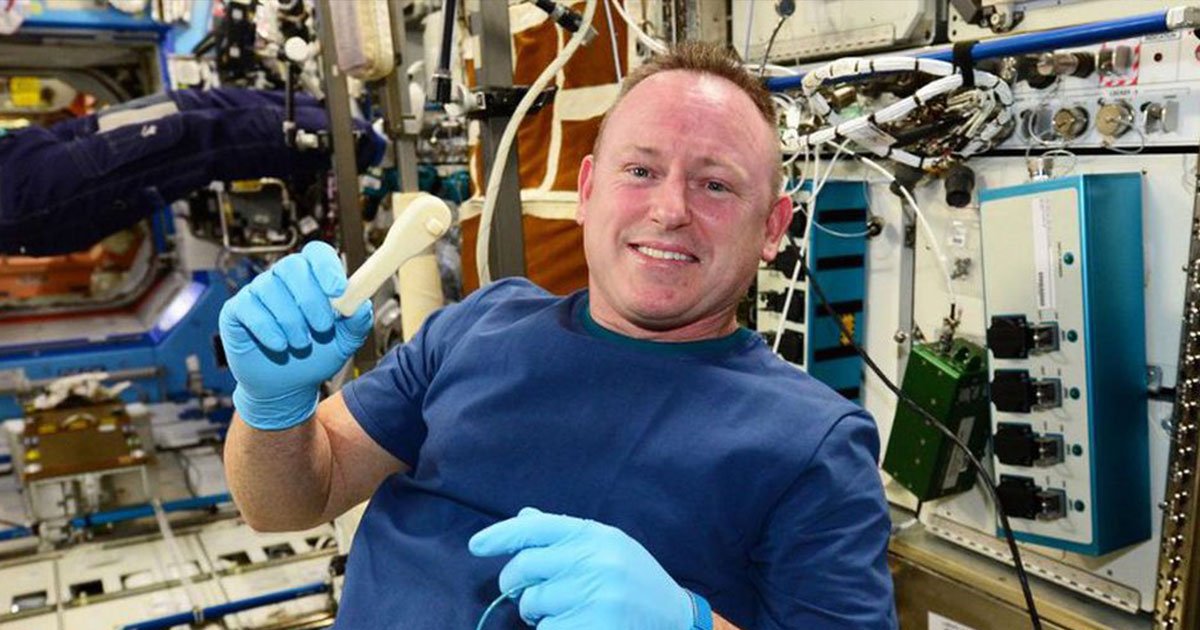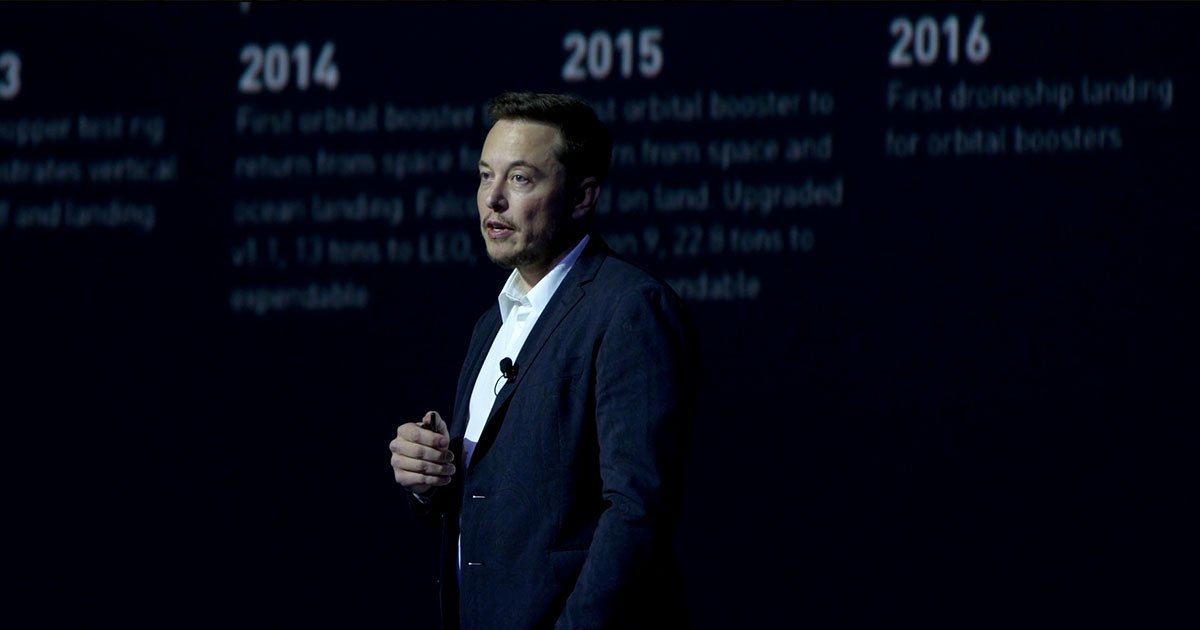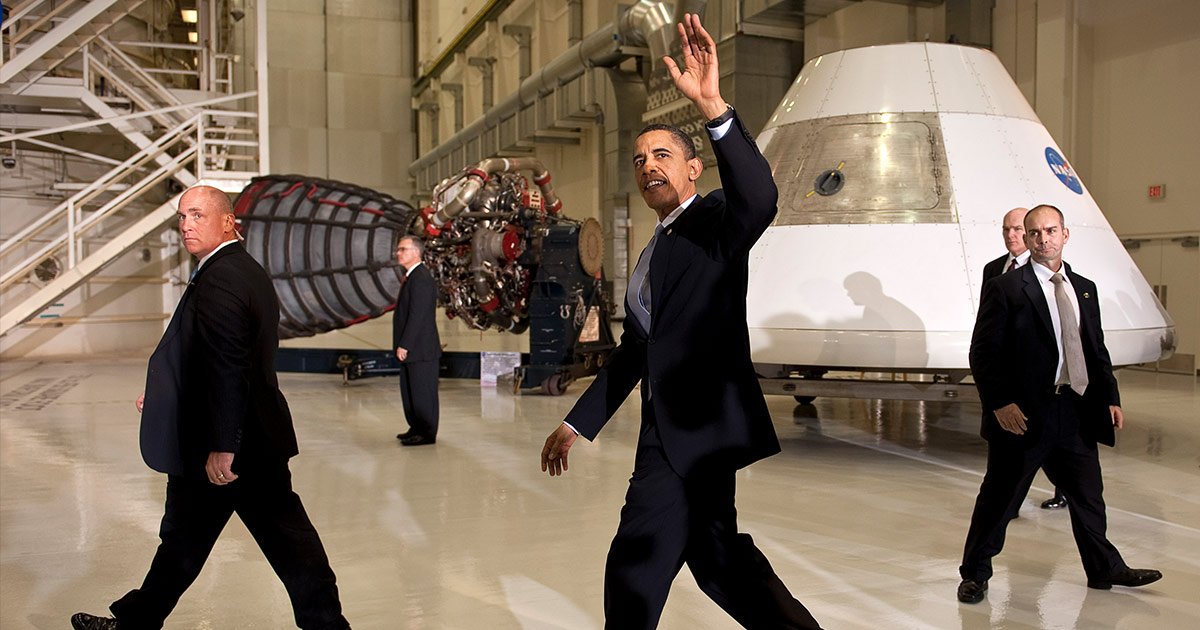Elon Musk says he’ll get humans to Mars in the next decade, while NASA thinks they can do it in the next 20 years. Other aerospace companies have big plans for space tourism and lunar mineral mining. If you’ve seen stories about the future of space, you might be wondering how we got to this level of activity in such a (seemingly) short amount of time, and how much of it is hype. I know I was.
So I called up Jason Davis, who covers commercial spaceflight for the Planetary Society, a 501(c)3 co-founded by Carl Sagan and which advocates for space exploration. (The Society also has its own donor-funded spacecraft, the Lightsail.) I asked Jason to give me a guided tour of the commercial space industry and give it to me straight on the prospect of humans going to Mars. Our conversation is below.
Mike Riggs: I want you to make the case for getting excited about space exploration for someone who fell asleep after the Challenger crash and then woke up yesterday.
Jason Davis: Wow, that’s a long nap.
MR: It’s like Shuttlestiltskin.
JD: Do you want me to talk about how commercial space got to where it is today? Or more like where it’s going?
MR: Maybe the easiest thing to start with would be how we got here. Did we even have a commercial space industry 20 years ago?
JD: Well, you know, we did. In America, space flight has always been commercial on some level. When NASA wants to build a spacecraft or even a new rocket, the Aerospace industry is the one that does it. There’s always this kind of underlying debate of what do we mean when we say “commercial space,” or what do we mean when we say “private companies are doing this,” because your Boeings and Lockheeds have been doing this since the beginning of space racing. They were responsible for building the stuff that put us on the moon.
“…what we mean when we talk about today’s commercial space industry is new startups that are not deeply entrenched in the industry in the way these behemoths are.”
So what we mean when we talk about today’s commercial space industry is new startups that are not deeply entrenched in the industry in the way these behemoths are like Lockheed and Boeing. They’re trying to really cut costs and do things drastically differently than what we’ve seen before. And that model has probably only been around for the past couple decades.
NASA had kind of a burgeoning commercial space program to kind of jump-start this kind of small business technology and it really didn’t start taking shape on kind of an appreciable level until the end of the George W. Bush Administration. Then it was really the Obama Administration, when they came in, that kind of started throwing some serious resources into this concept. That was also about the time we got the first X Prize and the first private space flight with SpaceshipOne. It’s been picking up steam since then.
The commercial space race is a fairly recent phenomenon when you look at it that way.
MR: One of the companies we’re profiling is XCOR, and we were excited about them because the Lynx Project seemed so different than what bigger rocket companies were doing because it looked like a thing that didn’t require a whole lot of government funding. But in May, XCOR announced it was shifting its focus away from the Lynx to making rockets for ULA.
That got me wondering if it’s feasible, even with today’s democratization of technology and available venture capital available, for companies to do something radically different than what Boeing’s done. Like, is it realistic for any space company to say, “We’re not going to rely on government contracts. We want to do something that is genuinely private and commercial.”

JD: I think it is feasible to say that. With the caveat that NASA still has to–and to this point, has–lead the way. Just what you said there about XCOR wanting to build their awesome rocket plane that’s going into suborbital space. For that business model to work, they still need something to get them the money that it takes to make the Lynx. That means working with ULA, but it also means you’re right back into government contracting because ULA’s whole business model is launching rockets for either the Department of Defense or NASA.
“We are on the verge of seeing something really cool take off…”
So, the answer is yes and no. We are on the verge of seeing something really cool take off here, but we haven’t seen it yet. The only company that has done it on any appreciable level is SpaceX. And how did SpaceX get to where they are today? They did it largely through NASA support. They are pretty well self-funded, but the momentum came through NASA.
I look at it like the commercial airline industry. It was a government-run monopoly for many years until we really got good at commercial air travel. Then it became such a huge part of American culture, and there was a business model for it, so it was not a huge thing to transition that to the private sector.
That’s kind of what we’re seeing, I think, with space flight today. NASA has been doing low Earth orbit as well as international providers since Apollo essentially. We’re finally to the point where it’s become mainstream enough to launch a rocket into low Earth orbit that some other entrants finally have a path to get involved. They still need a lot of money and a lot of engineering to do it, but it is possible and SpaceX is the poster child for that. And Virgin Galactic and Blue Origin are right on their heels, showing that this can be done.
MR: As a space lay person, I look at the hype around asteroid and lunar mining, or going to Mars, and I think, ‘It would be amazing if all these things were equally immediate, but I have no idea what’s going to happen in the short-term and what’s likelier to happen decades from now.’ But you live and breathe this stuff, so I’m wondering, what looks immediate from your vantage point?
JD: I tend to be a little curmudgeonly sometimes when I’m thinking about predictions for some of this stuff. I’d say there’s a clear market for anybody that wants to contribute technology to any of the things that NASA or United Launch Alliance or any of your well-established partners are already doing, because there’s a clear path for contributing to existing space projects. Freethink is profiling Made In Space’s 3D printer, and that kind of thing is totally doable because you’re fulfilling a very real need that these larger companies have.

For instance, NASA’s working on deep space habitation technology, life support systems, things like that. Right now in the International Space Station they recycle like 90% of all the urine and water and humidity in the air. If we’re going to go to Mars, we need to get that number up to like 98%. And there are companies working on that right now.
There are lots of case studies of people doing a technology thing, or making a small piece of a larger puzzle. There is a major change happening today in that sector.
MR: That sounds like a great way to think about it, though it doesn’t seem to be how space exploration is covered in general media.
Speaking of realistic goals, how do you feel about going to Mars? People seem really confident about a near-future Mars mission. “If we do this and then we do this and then we do this, it’s totally possible to get to Mars within the next couple decades.”
JD: Well, it can go off on so many branches. There’s the NASA aspect of it. Right now, their stated goal is, “We’re going to have humans on Mars in the 2030s.” And I would say that if NASA is left to its own devices–if Congress and the White House don’t largely interfere with its plans and continues to fund NASA along current levels–I’d say that’s doable. It may slip into late 2030s or even early 2040s, but I’d say we’ll see it because NASA can do these kinds of things if they’re given the funding and they’re given the runway to do it. Then again, people are already wondering if the next presidential administration will scrap the Mars plan and direct a return to the moon. So, it all depends.
“There is no business model for getting humans on Mars. There just isn’t.”
As far as a commercial company, the only company that I can see doing it would be SpaceX. There is no business model for getting humans on Mars. There just isn’t. I don’t think companies are just going to spend billions of dollars on this ambition that doesn’t really pay off for their investors in any appreciable way.
SpaceX is a little different because you have, in Elon Musk, this eccentric billionaire who says, “That’s what I personally want to do and I’m going to spend my billions of dollars getting us there even if the financial returns don’t make sense.” He’s done very nicely in setting SpaceX up in a position where it could be a very profitable company and maybe then have the resources to pursue these grand plans that don’t really pay off in terms of investments.

So I’d say between NASA and SpaceX, humans on Mars is doable in the next 20 years if things kind of stay the way they are.
MR: You brought up the possibility of NASA going back to the moon instead of Mars, and it reminded me of some of the controversy around NASA’s plan to capture an asteroid–a lot of people think we should forget the asteroid and just go back to the moon. I had no idea so many people wanted us to go back to the moon. Is this really a thing?
JD: Yeah, so this is a doozy.
NASA had this plan under the George W. Bush Administration to go back to the Moon. The program was called Constellation. We were going to go back–NASA’s previous administrator called it Apollo on steroids. The whole thing kind of fell apart because it was just a really ambitious goal with short time frames. The thing went over budget, fell behind schedule, didn’t happen.
When the Obama Administration came in, they cancelled Constellation and put this new investment in commercial spaceflight, and shifted from going to the moon to going to Mars and going to an asteroid.

When this was first thrown out there by Obama, they envisioned visiting an asteroid in its native orbit. Meaning, you’ve got something that has roughly an Earth-like orbit, maybe it’s a little further out, and you would send humans on a long trip to go visit that thing. NASA looked at this and realized, “Wow, that’s almost as far as going to Mars, because you might have to be in transit for several months to the asteroid, several months back.” If you’re going to that big of a length, you might as well just go to Mars because it’s not all that much different in terms of destination and challenge involved.
That’s where NASA, to fulfill Obama’s vision of going to the asteroid, came up with this asteroid redirect mission. They said, “Well, what if a robot goes and gets a big piece of an asteroid, brings it back to lunar orbit, then humans can go visit it and a trip out to lunar orbit is only three days?” You’re still relatively within the safe haven of return to Earth in need of an emergency. NASA said, “Well, at the same time we’ll accomplish all these secondary objectives that are useful in pruning our technology that will get us to Mars.” They kind of shoehorned this asteroid into their Mars plans. Depending on how you look at it, it either fits or it doesn’t fit.
My personal stance is, it does fit but it’s not necessary. If you’re going to Mars you don’t have to do this asteroid thing to prove out your technology. There’s a very high possibility that Congress or the next president will cancel that.
MR: Take off your curmudgeon hat for a minute, and tell me what you think is the most exciting thing happening right now or that could happen in the future.
JD: I’ll limit the answer to what we’re talking about which is mostly human spaceflight and commercial spaceflight. To me, it’s SpaceX catching another booster on their ground ship. I mean, that’s just incredible. This Holy Grail of reuseability is something the space industry has chased since the dawn of the space age in the late 50s and SpaceX is doing it. They’ve been able to do it because they can take risks. They’re much more nimble than a giant government bureaucracy.

Now the question is can they refly them and can they refly them reliably? And will satellite customers pay SpaceX to fly on a used booster? That’s still the big question. That’s the last piece of their grand plan to reuse these rockets and it would be huge for the spaceflight industry. Anytime a company like SpaceX comes in and shows everyone else a better and cheaper way to do this, everyone wins. NASA wins, the aerospace industry as a whole wins, and you know, it kind of shakes everyone up and makes them rethink things. That’s one of the cool things in the short-term that I’m looking forward to.





